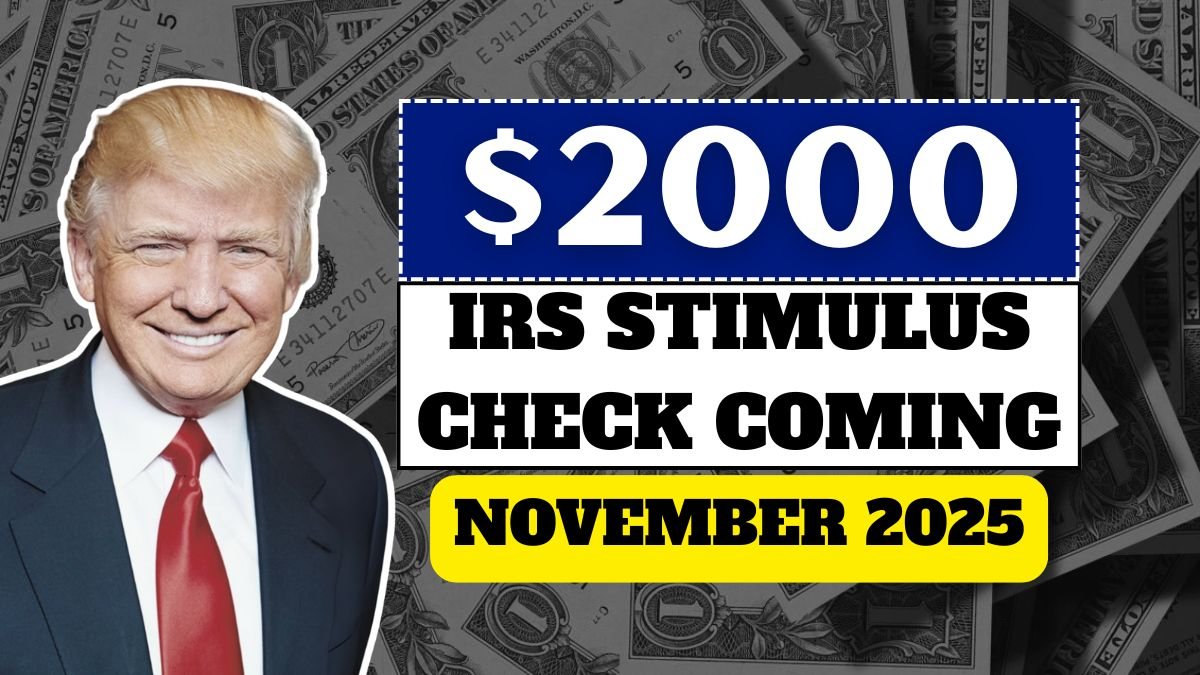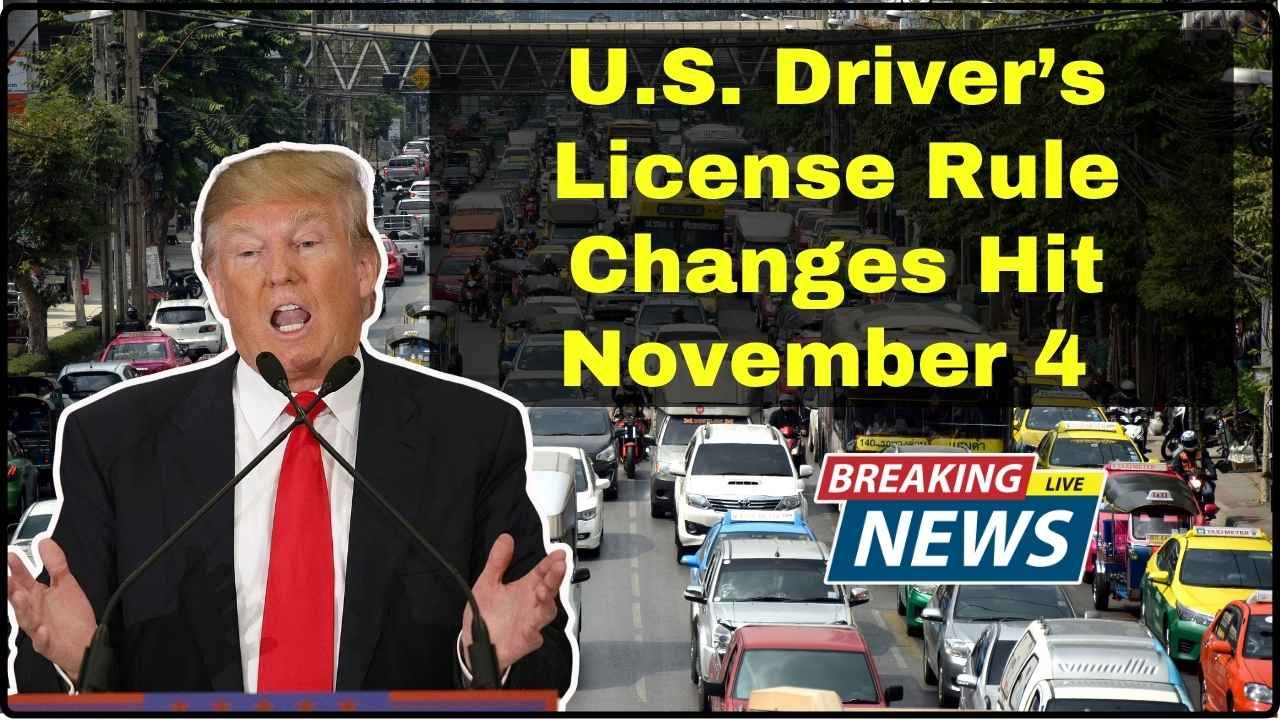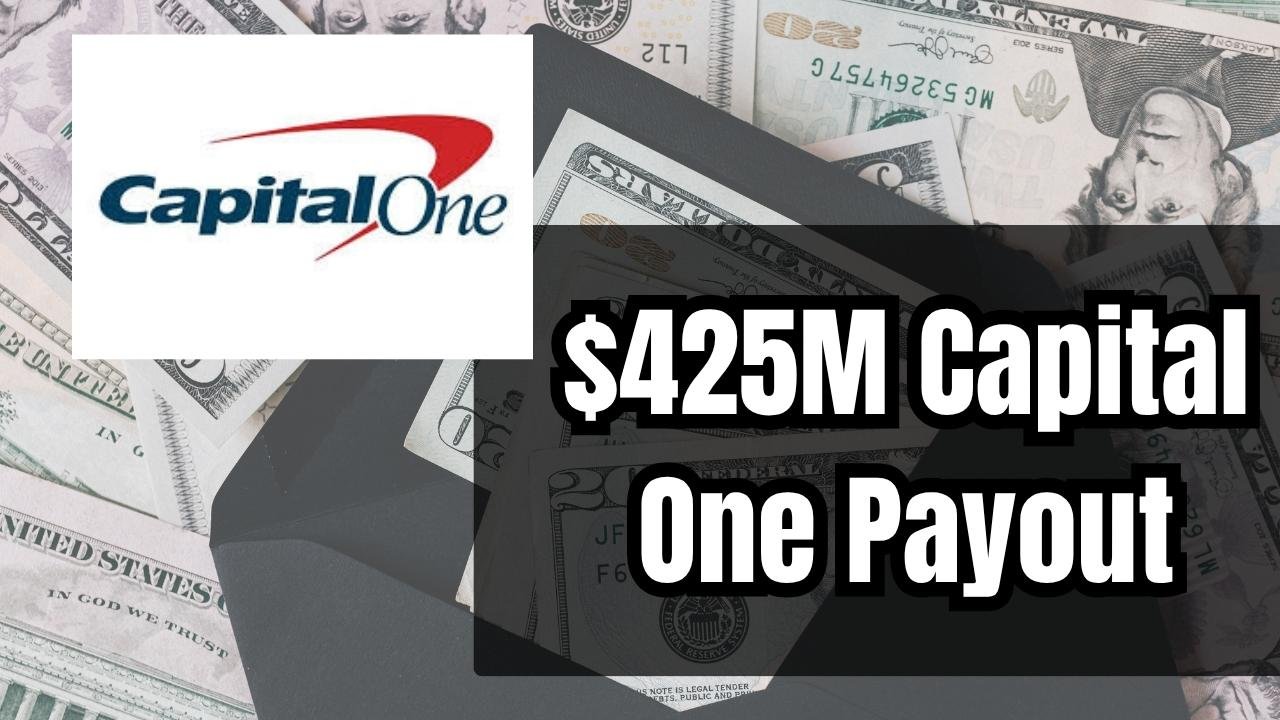Rising inflation in the country has significantly impacted the financial situation of ordinary American families. Prices for everything from food to gas, medicines, and home rent are rising rapidly. In this environment, the IRS (Internal Revenue Service)’s announcement of a $1,390 direct deposit relief payment, to be issued in November 2025, has provided significant relief to millions. This amount will be sent directly to bank accounts, allowing families to easily meet their essential needs, reduce their debt burden, and achieve some financial stability ahead of the festive season.
What is the $1,390 direct deposit relief?
This relief payment is for Americans in the low- and middle-income groups who have been hardest hit by rising inflation. Unlike the stimulus checks received during the pandemic, this payment aims to alleviate current economic pressures.
The IRS has decided to send the money directly to bank accounts instead of paper checks so that people can access the funds without delay. The amount of the payment may vary slightly based on income, tax filing status, and credit claims made in previous years, but most eligible individuals will receive $1,390.
Why is this relief payment necessary?

Today, the expenses of an average family have increased so much that even creating a monthly budget has become a challenge.
- Groceries have become more expensive.
- Medical expenses have risen sharply.
- Gas prices are higher than ever.
- Rent has skyrocketed.
In such a situation, every dollar counts. Therefore, this payment is not just financial assistance but a responsible government intervention that plays a direct role in reducing inflationary pressures.
Economic experts believe that such payments also boost local businesses. When people spend, everyone from small shopkeepers to service providers benefits, boosting both employment and economic activity.
Who is eligible for this relief payment?
The IRS has established clear eligibility rules to ensure that assistance reaches the right people.
Eligibility and Estimated Benefits
| Category | Eligibility | Estimated Amount |
|---|---|---|
| Single Filers | Income below $75,000 | $1,390 |
| Joint Filers | Combined income below $150,000 | $2,780 |
| Dependents | Partial credit | Varies |
| Social Security Beneficiaries | Automatic deposit | $1,390 |
If you filed your 2024 tax return and fall within these income limits, you won’t need to complete an additional application. The IRS will automatically process the payment based on available records.
Social Security, SSI, and SSDI beneficiaries will also receive this amount through their regular payment system.
When will payments arrive? – November 2025 Timeline
The IRS has stated that payments will begin being sent in November 2025.
- Individuals who have already updated their direct deposit information with the IRS will receive the payment first.
- Amounts will typically appear in accounts within 3 to 5 business days after bank processing.
- Payment checks may require a slightly longer wait.
If anyone wants to check the status of their payment, they can use the “Get My Payment” portal available on the IRS website.
The IRS aims to have payments reach all eligible individuals by mid-November so they can manage their expenses during Thanksgiving and the year-end holidays.
The Economic Impact of This Relief
Government relief impacts not only individuals but the entire economy.
- Increased spending boosts small business income.
- Employment opportunities are strengthened.
- Money flows into the economy.
During times of inflation, this payment will play a vital role in preventing people from falling into debt and boosting consumer confidence.
How to Check Your Payment Status?
To check your payment status, you can visit the IRS’s official website and use the following tools:
You must enter your:
- Social Security Number
- Filing Status
- Tax Refund Information
If your bank information has changed, it’s important to update it immediately; otherwise, your payment may be delayed.
Common Problems and Solutions
Some people may experience delays in receiving their payment, especially if:
- Their 2024 tax return has not been filed.
- Bank details are incorrect.
- Identity verification documents are not up-to-date.
In such cases, updating the information on the IRS portal is the fastest and most secure method.
Also, fraudsters become active as soon as government payments are announced. Remember, the IRS will never ask for your personal information over the phone, email, or text message.
How is this relief different from previous stimulus checks?
During the pandemic, stimulus checks were given to all Americans. But this time, the payment specifically targets families who have been most affected by inflation.
This time, the IRS has adopted a process of sending direct payments with the help of the Social Security and SSI systems to ensure:
- Payments arrive faster.
- The chances of fraud are reduced.
Will there be similar relief in the future?
Many people want to know if there will be a similar payment in 2026. Experts say that this will entirely depend on the economic situation next year and the budget decisions of Congress.
If inflation remains high and this program proves successful, new targeted relief programs may be introduced in the future.
Conclusion: Significant Relief in Difficult Times
This $1,390 payment from the IRS is not just financial assistance but a sign of the government’s commitment to its people. At a time when every family is worried about their expenses, this money will prove to be a lifeline for many households.
This assistance:
- Provides immediate relief to families
- Reduces the pressure of inflation
- Helps in building financial stability for the future
- And it is a strong step towards the economic stability of the country.
In these challenging times, this relief program is a ray of hope for ordinary Americans.
FAQs
Q. Who qualifies for the new payment?
A. Anyone who meets the income limits and files taxes for the required year may qualify.
Q. Do Social Security recipients get it automatically?
A. Yes, eligible Social Security beneficiaries usually receive payments automatically.
Q. Is there a deadline to claim the payment?
A. Yes, you must file your tax return before the final IRS deadline to receive it.
Q. Will dependents also receive money?
A. Dependents may receive a partial amount depending on eligibility rules.
Q. How will the payment be sent?
A. Payments are usually delivered through direct deposit or paper checks.
















